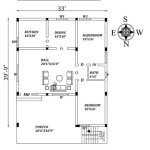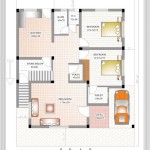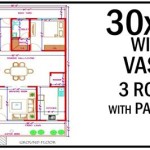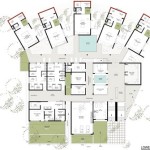Draw House Floor Plan: A Comprehensive Guide to Creating Detailed and Accurate Plans
Designing a house floor plan is a crucial step in the construction process that establishes the foundation for a well-organized and functional living space. Whether you're a professional architect or a homeowner looking to renovate, creating a detailed and accurate floor plan is essential for ensuring the successful execution of your project.
In this comprehensive guide, we will delve into the essential aspects of drawing house floor plans, providing step-by-step instructions, tips, and best practices to help you create professional-looking plans that meet your specific needs and requirements.
1. Determine Your Space Requirements
Before you begin drawing, it's important to establish a clear understanding of your space requirements. Consider the number of rooms you need, the desired size and shape of each room, and any specific features or amenities you wish to include, such as walk-in closets or built-in cabinetry.
2. Choose a Drawing Scale
The drawing scale is the ratio between the size of the drawing and the actual size of the building. Common scales include 1/4 inch = 1 foot, 1/8 inch = 1 foot, and 1/16 inch = 1 foot. Choose a scale that provides the appropriate level of detail for your plan.
3. Create a Rough Sketch
Start by sketching out a rough outline of your floor plan on a piece of paper. This will help you visualize the overall layout and identify any potential design issues. Keep it simple at this stage, focusing on the basic room shapes and their relationships to each other.
4. Draw the Walls and Doors
Once you have a rough sketch, begin drawing the walls and doors. Use a ruler or drafting tools to ensure accuracy. Remember to include all doors, windows, and any other openings in the walls.
5. Add Furniture and Fixtures
To give your floor plan a more realistic feel, you can add furniture and fixtures to scale. This will help you visualize how the space will be used and ensure that there is sufficient space for your belongings.
6. Label the Rooms
Clearly label each room on the floor plan. This will make it easy to identify the purpose of each space and avoid confusion during construction.
7. Include Dimensions and Notes
Adding dimensions and notes to your floor plan is crucial for accurate construction. Dimensions should include the length, width, and height of each room, as well as the distance between walls, doors, and windows. Notes can provide additional information, such as specific material requirements or any special features.
8. Use Drawing Software
If you're comfortable with technology, consider using drawing software to create your floor plan. Software such as AutoCAD, SketchUp, or HomeByMe provides advanced tools and features that can enhance the accuracy and presentation of your plan.
9. Seek Professional Help if Needed
If you encounter any challenges or require a highly detailed and complex floor plan, don't hesitate to seek professional help from an architect or designer. They can provide expert guidance and ensure that your floor plan meets all necessary building codes and regulations.
Conclusion
Drawing house floor plans is a rewarding task that can empower you to create the home of your dreams. By following these essential steps and incorporating the tips and best practices outlined in this guide, you can develop detailed and accurate plans that will serve as a valuable blueprint for your construction project. Remember, the key to a successful floor plan is patience, meticulous attention to detail, and a clear understanding of your needs and requirements.

House Plans How To Design Your Home Plan

Floor Plan Creator And Designer Free Easy App

House Plans How To Design Your Home Plan

House Plans How To Design Your Home Plan

Small House Design 2024001 Pinoy Eplans Floor Plans

How To Draw A Floor Plan Live Home 3d

Draw Floor Plans In Half The Time Cedreo

Floor Plans Types Symbols Examples

20 Best Floor Plan To Create Your Plans Foyr

Floor Plans Learn How To Design And Plan








